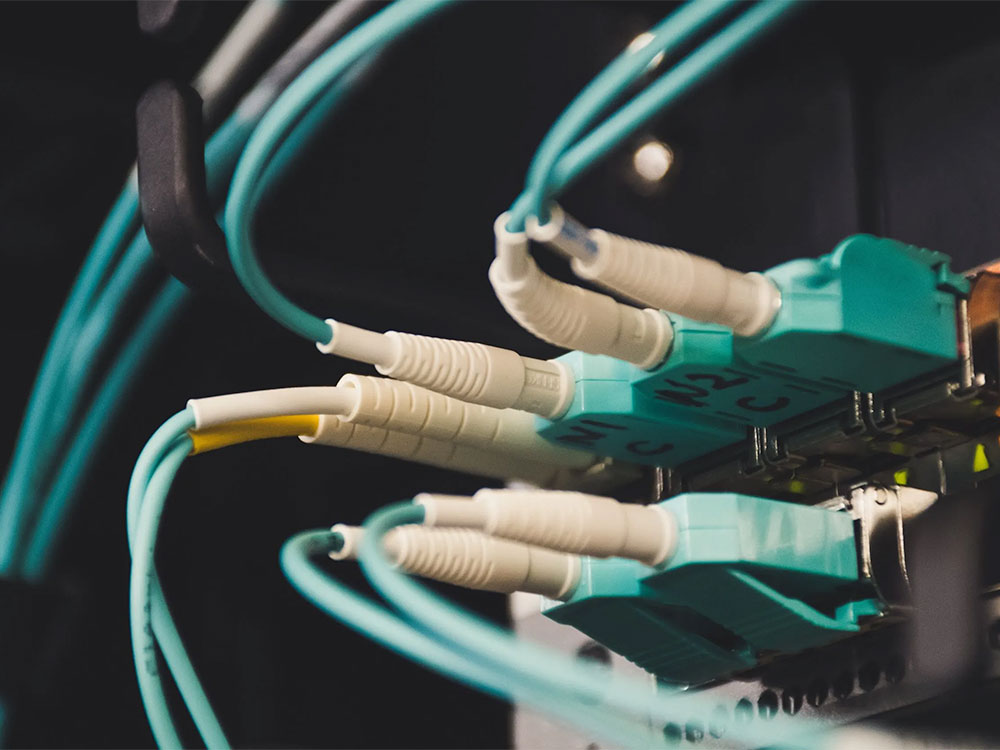As we are looking into HOW the internet actually gets to the end-user, it has to do with the Delivery Method, also known as the ‘Last-Mile.’
While “The Internet” uses many many methods, the one that most people care about is how the ‘Last-Mile’ is connected at their house.
We will explore the pros and cons of some of the most common methods of delivery of each of these methods and why they matter.
Dial-Up
This goes back a few years (hopefully) for most people! The best thing about dial-up was that it got A LOT of people online many years ago. People that still have to use dial-up today will have a terrible internet experience as a typical dial-up connection is only capable of 56kbps. I won’t say much else as this is antiquated technology, but for those that want to be a little nostalgic, have a listen to THIS.
Digital Subscriber Line (DSL)
DSL has taken a few forms over the years, (DSL, ADSL, SDSL, and VDSL). In its essence, DSL uses existing copper phone lines to the house and depending on the type of equipment used to deliver the DSL internet connection, the speeds can vary from very slow, older DSL, to much faster VDSL. The downside to DSL technology has to do with ‘line loss’. Very simply, line loss has to do with how far away a house is from the pedestal and the internet provider’s equipment. While one person on the same pedestal could get 40Mbps, someone further away from the pedestal would only be able to get 8Mbps. There has been a bit of confusion when companies refer to upgrading the pedestal to fiber optics (which is a great thing) but it is NOT the same as having fiber to the home (FTTH) which is a direct fiber optic line coming to the house.
Coaxial Cable Internet
Similar to DSL, Cable Internet uses existing copper coaxial cables to deliver internet to a house or business. The technology also has a similar limitation that DSL does in terms of line loss.
Fiber to the Home (FTTH)
Fiber to the Home is considered the best form of internet delivery. Since it does not use copper lines, but rather uses light to transmit data, it does not have the limitations that copper and a single fiber is capable of 100Gbps (That is 100,000 Mbps!) depending on the equipment used to light up the fiber. Having a direct fiber connection to the internet is considered winning the lottery in terms of internet connectivity!
Fixed Wireless
Fixed Wireless is a great medium as it is able to deliver fast speeds, is able to be installed quickly and does not rely on any existing phone or TV cable lines to the home. As this technology continues to grow, the speed continues to get faster for these connections. The downside of Fixed Wireless is that it uses public wireless frequencies and can have interference issues which degrades the wireless signal and reduces the throughput of the connection which looks like a slow down of the internet delivery.
Satellite Internet
Just like the name suggests, Satellite internet is transmitted from a Satellite orbiting the earth, sending the signal to a satellite dish on a person’s house. The pro of satellite internet is that it is SOMETHING; but due to the high latency of sending and receiving signals to space and back, it is not a great internet experience.
As Alyrica began as a Wireless Internet Service Provider (WISP), we have a history of being able to get faster, better internet into areas that are stuck with older, slower technology. As Alyrica continues to expand our Fiber footprint, we are excited to deliver the best internet experience available AND the great customer service as well!
Solution oriented, friendly customer service; that’s Alyrica!






